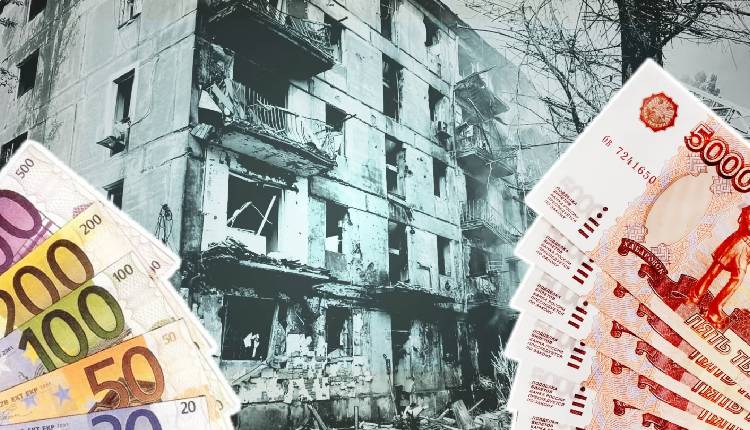The US and European nations are at odds over the handling of Russia’s frozen assets, estimated at around $300 billion, according to the New York Times, cited by TASS on Wednesday.
While the US and Britain advocate for confiscation, countries such as France, Germany, Indonesia, Italy, Japan, and Saudi Arabia express concerns over potential legal challenges, financial instability, and retaliatory seizures of Western assets.
Currently, the idea of confiscation is off the table; however, proposals to seize and utilise the profits from these assets, specifically the interest accrued from sanctions, are gaining traction.
Both European and US entities believe this approach could bypass legal hurdles and risks to the global financial system.
European countries propose transferring these profits to Ukraine annually or biannually, while the US seeks a quicker method. The G7 finance ministers, including Italy’s Giancarlo Giorgetti, plan to discuss this issue at a meeting in Stresa, Italy, from May 23–25.
Following Moscow’s special operation in Ukraine, the EU, the US, Japan, and Canada froze Russian assets, with $5–6 billion held at US securities depositories and the majority in Europe.
On April 24, the US Senate approved a package allowing the US administration to confiscate frozen Russian assets to aid Ukraine.


